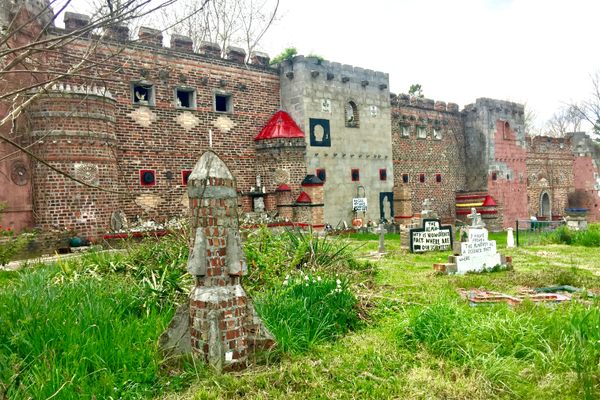About
Founded in 1690 by Prince Constantin Brancoveanu in the town of Horezu, Wallachia, the Horezu Monstery is one of the most famous in all of Romania. Considered to be a masterpiece, the structure is known largely for its architectural purity and balance, the sculpted details the portaits and painted decorative works, and more.
The school of icon and mural painting that was established at this monastery in the 18th century was famous throughout the entire Balkan region. Because the Horezu Monstery was such an important center for the diffusion of cultural ideas and knowledge throughout the area, it was named a UNESCO World Heritage Site.
"The catholicon of the monastery was built in 1690-92 and the interior decoration was completed two years later, the work of the Greek artist Constantinos, who founded the celebrated school of Horezu," according to UNESCO's official description of the site. "It is laid out according to the precepts of the Athonite Order around the catholicon, which is enclosed by a wall and surrounded by a series of skites. The overall layout is symmetrical on an east-west axis, the skites forming a cruciform plan. The catholicon is three-aisled with a very large narthex, following the pattern laid down by the church of the Monastery of Arges (1512-17). Inside the narthex, the lower tier of the walls is entirely filled with votive pictures of Constantin Brancovan, his wife, and their 11 children."
The Horezu Monastery is surrounded by other buildings, including kitchens, monastic offices and monks' cells, that were constructed around the same time period. All of these structures have been standing now for more than three centuries. Several religious structures around Romania, such as the Church of the Holy Angels and the Church of Bolnica, were built by individuals associated with the Horezu Monastery
Related Tags
Know Before You Go
Located 50 km west away from Rm. Valcea on national road DN 67.
Published
July 17, 2011


































